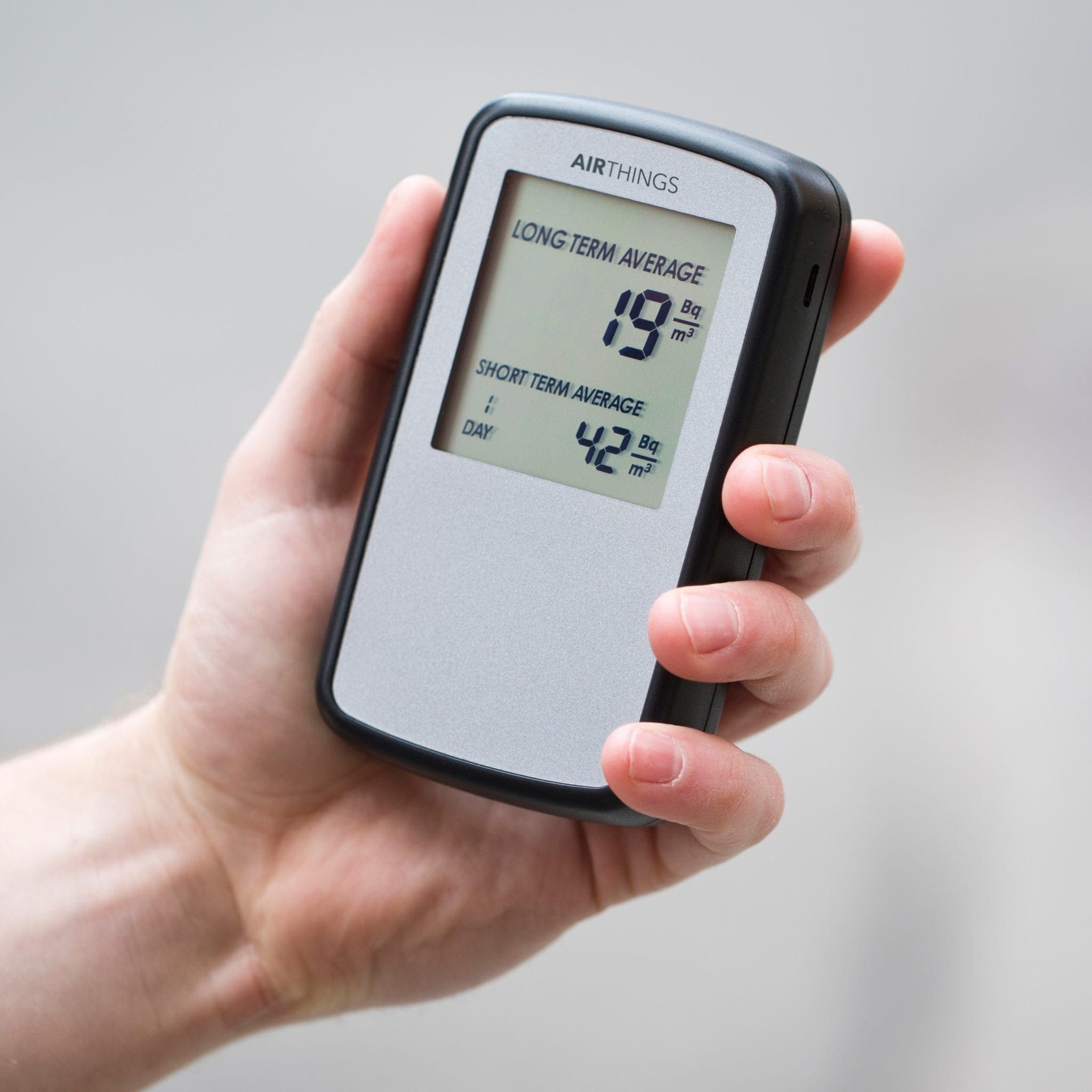

Visit Take Action on Radon (external link) to find out how to test for radon in your home. Radon is the leading cause of lung cancer in non-smokers. Over time radon can seep into a house through windows, plumbing, or cracks in the foundation. Since 1989, Daytons Environmental Doctor is the prescription for a.
 Exposure to both radon and tobacco smoke significantly increases your risk of lung cancer. When an inspection report turns up a problem, whether it’s mold, moisture, cracked foundations, radon, or any other adverse building condition, DocAir’s mission is to quickly get our clients the most accurate information so that they can make the decision that is right for them. Radon exposure increases the risk of developing lung cancer DocAir is the first call for real estate professionals. The amount of radon in the air is measured in picocuries of radon gas per liter.
Exposure to both radon and tobacco smoke significantly increases your risk of lung cancer. When an inspection report turns up a problem, whether it’s mold, moisture, cracked foundations, radon, or any other adverse building condition, DocAir’s mission is to quickly get our clients the most accurate information so that they can make the decision that is right for them. Radon exposure increases the risk of developing lung cancer DocAir is the first call for real estate professionals. The amount of radon in the air is measured in picocuries of radon gas per liter.  If inhaled, radon particles can damage lung tissue Radon is a colorless, odorless, radioactive gas that may be harmful to humans. Report of the Independent Advisory Group on Ionising Radiation. The Canadian Radon Guideline from Health Canada recommends the level of radon in the air of a home be no more than 200 Becquerels per cubic metre (Bq/m 3) per year. Radon mixed with air in the soil enters buildings through gaps in the floor due. It draws radon from the air below the building through a pvc pipe and. When radon enters an indoor space, such as a home, it can build up to high levels and pose a health concern to the people living there. Please read this document fully to understand how your radon system works and to. Outdoors, the open air dilutes radon seeping from the ground to such low concentrations that it does not pose a concern. Radon is formed from the breakdown of uranium, found in soil, rock and groundwater. It is colourless, odourless and tasteless. Radon is a radioactive gas found naturally in the environment.
If inhaled, radon particles can damage lung tissue Radon is a colorless, odorless, radioactive gas that may be harmful to humans. Report of the Independent Advisory Group on Ionising Radiation. The Canadian Radon Guideline from Health Canada recommends the level of radon in the air of a home be no more than 200 Becquerels per cubic metre (Bq/m 3) per year. Radon mixed with air in the soil enters buildings through gaps in the floor due. It draws radon from the air below the building through a pvc pipe and. When radon enters an indoor space, such as a home, it can build up to high levels and pose a health concern to the people living there. Please read this document fully to understand how your radon system works and to. Outdoors, the open air dilutes radon seeping from the ground to such low concentrations that it does not pose a concern. Radon is formed from the breakdown of uranium, found in soil, rock and groundwater. It is colourless, odourless and tasteless. Radon is a radioactive gas found naturally in the environment.







 0 kommentar(er)
0 kommentar(er)
